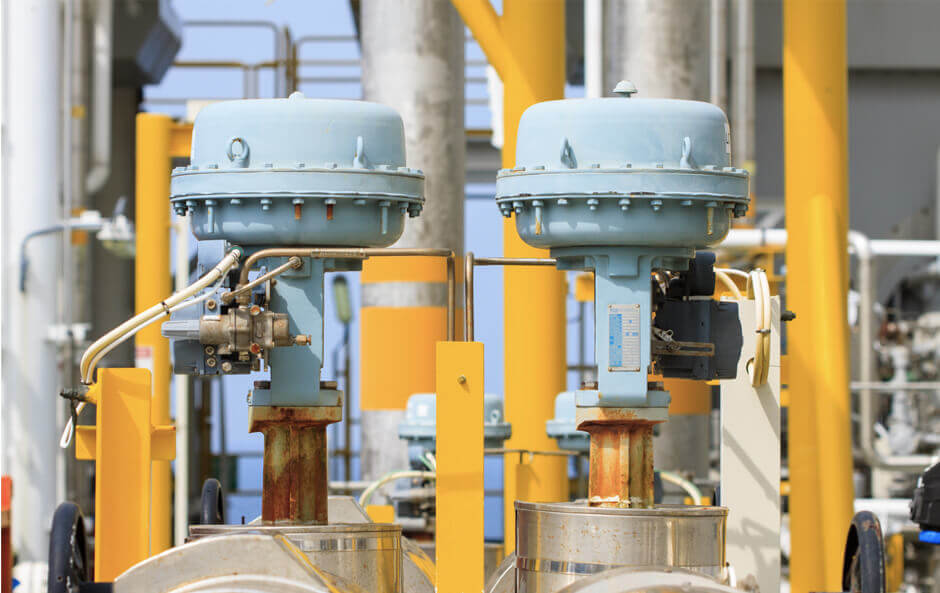Case
Home / Case / Experience / Control valve functional problems troubleshooting

Case

Functional failure problems of control valves are problems related to the equipment itself and are functional in nature. Control valves have the most complex functional problems, the following discussion focuses on the diagnosis of functional problems.
(1) The valve does not respond to the given input signal.
(2) The valve does not move in the correct direction.
(3) The valve does not reach full travel when the maximum input signal is received.
(4) Valve operation is unstable.
(5) The valve is stuck and does not operate.
(6) The valve does not completely cut off the flow (within the specified leakage level).
(7) The valve cannot perform the correct safety function when power is lost.
(8) The valve does not display the correct position through the limit switch or position transmitter.
(9) If a solenoid valve is installed, the valve does not perform its function correctly.
(10) The valve does not reach the required travel action speed.


(1) control valve can not be corresponding to the given input signal
For a problem must be analyzed and diagnosed from the perspective of power loss, actuator power (power) loss, valve jamming, etc.
(2) The valve does not move in the correct direction
For a problem must be diagnosed from three perspectives: actuator action error, positioner action error and actuator input signal error.
(3) The control valve does not reach full stroke when the maximum input signal is received
The problem must be diagnosed from four angles: insufficient actuator travel, incorrect positioner setting, actuator not properly connected to the valve, and insufficient actuator power.
(4) Control valve action is unstable
Possible reasons for this problem are as follows: excessive packing friction, actuator and valve are not aligned, and the valve itself.
(5) Valve jamming and non-action
Valve should make a smooth response to signal changes, when the valve is stuck and does not move, the problem will occur. If the valve has responded correctly, and then stops working it may be caused by packing friction, increased foreign matter in the valve, power interruption or seal failure within the diaphragm or actuator.
(6) The valve does not completely cut off the flow (within the specified leakage level)
During the design of the control valve, the leakage is defined as the leakage level. The leakage level is related to the control valve manufactured and the leakage of the control valve may increase with time. If the leakage level is not reached then there will be a problem, if the leakage problem deteriorates rapidly, for both cases you can find the cause from the following: valve setting error, insufficient actuator power (or power), excessive packing friction, foreign objects in the valve, valve seat surface has worn out, etc.
(7) The valve cannot perform the correct safety function due to power failure or loss of power source
For this fault situation can be fault open, fault closed, fault hold and no spring actuator to find the problem and diagnose the solution.
(8) The valve does not get the correct position indication
Control valves are sometimes equipped with a remote position indicator to indicate the position of the valve at a remote location. This can be accomplished by a limit switch at the end of travel or by a position transmitter for continuous position indication. If these devices do not operate correctly, they may give incorrect indications, which can have a significant impact on plant operations. Therefore, the problem of this failure must focus on the limit switches and position transmitters from two perspectives.
(9) Installed solenoid valve, the valve can not correctly perform the function
For the failure of the solenoid valve, it is important to check whether the connection is correct, whether the correct rated voltage of the solenoid valve is provided, and whether the valve acts in the correct way. If the control valve does not act correctly when the solenoid valve is given the required electricity, it is necessary to check the piping connection of the solenoid valve and the mode of action of the solenoid valve. In general, in addition to the solenoid coil occasionally need to be replaced, the solenoid valve itself is almost no problem.
(10) The valve does not reach the required action speed
For pneumatic and electro-hydraulic actuators, the travel speed of the control valve in depends on the travel, as well as the volume of body flow through the actuator housing and the available fluid supply. When such problems occur, four aspects of the electric actuator, electro-hydraulic linkage actuator, pneumatic actuator and positioner need to be diagnosed to find the problem.